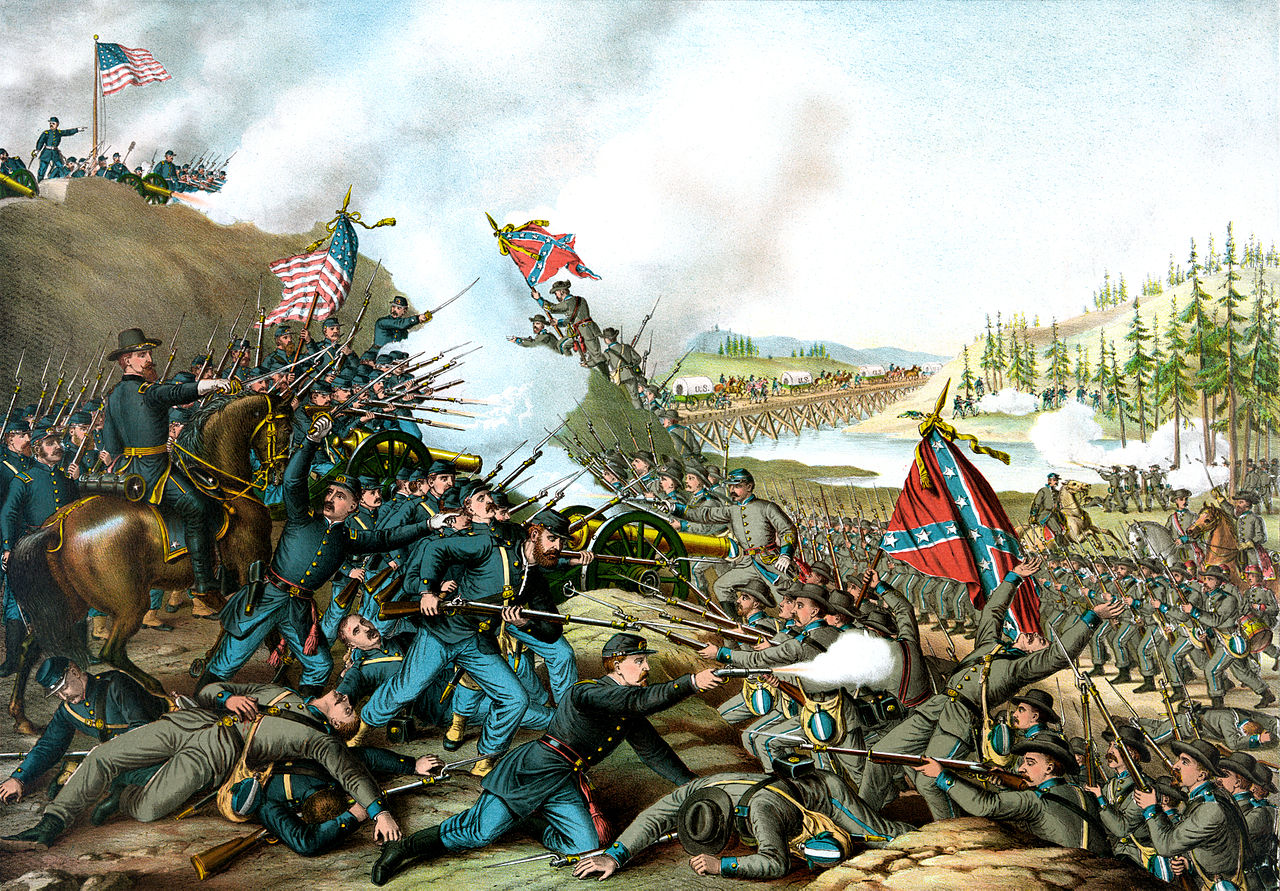The Battle of Franklin, fought on November 30, 1864, remains one of the most significant engagements in the American Civil War, not only for its ferocity but also for its role in shaping the war’s final stages.
The Battle of Franklin occurred during a particularly tumultuous period of the Civil War. It was part of the Franklin-Nashville Campaign, initiated by the Confederate Army of Tennessee under Lt. Gen. John Bell Hood. This campaign was a Confederate effort to reclaim Tennessee and possibly push northward. Hood’s strategic intent was to draw Union forces, primarily Maj. Gen. William T. Sherman’s, away from their destructive March to the Sea and to strike at their supply lines.

The Confederate Army of Tennessee, led by Hood, was composed of seasoned veterans, though they had suffered significant losses in earlier battles. Notable generals under Hood included Patrick Cleburne, a revered division commander, and John C. Brown, commanding a division in the corps of Stephen D. Lee.
On the Union side, the defending force was led by Maj. Gen. John M. Schofield, a capable but often underrated commander. Schofield’s forces were part of the Army of the Ohio, a smaller, yet well-entrenched and fortified force.

The Battle of Franklin is often described as one of the most brutal of the Civil War. Hood, known for his aggressive tactics, launched frontal assaults against fortified Union positions. The Confederates faced fierce resistance, with Union forces effectively utilizing their fortifications. The battle raged into the night, a rarity in Civil War battles, adding to the chaos and confusion.
One of the most poignant moments of the battle was the death of six Confederate generals, including Cleburne and Adams, which symbolized the high cost the South paid. The hand-to-hand combat, particularly near the Carter House and the Cotton Gin, was among the war’s most intense fighting.
The Battle of Franklin resulted in heavy casualties, particularly for the Confederates, who suffered approximately 6,000 casualties, including the loss of the aforementioned generals. The Union forces, while holding their ground, incurred around 2,300 casualties.
The aftermath of the battle was significant for several reasons. Firstly, the heavy losses diminished the fighting capability of the Confederate Army of Tennessee. Secondly, the defeat at Franklin, followed closely by the loss at the Battle of Nashville, effectively spelled the end of significant Confederate operations in the Western Theater.
The Battle of Franklin, though often overshadowed by other Civil War battles, was a critical moment that underscored the desperation of the Confederate cause in its final year and the steadfastness of Union forces in the face of aggressive assaults. It was not just a battle of tactics and numbers but also one of sheer will and determination, with both sides enduring immense losses. The events of November 30, 1864, at Franklin would go down as some of the most dramatic and tragic in the annals of American military history.
Leave a comment